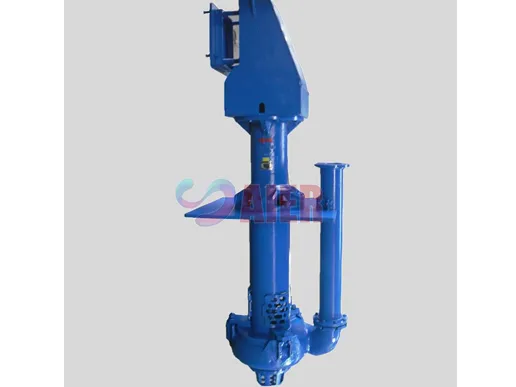Nov . 10, 2024 01:16 Back to list
China's Innovative Ceramic Slurry Pump Solutions for Enhanced Industrial Performance
The Role of Ceramic Slurry Pumps in Modern Industry
In the realm of industrial processes, the need for efficient and reliable equipment is paramount. One of the significant innovations in this domain is the ceramic slurry pump, a specialized type of pump designed to handle slurries – mixtures of solids and liquids that pose unique challenges to standard pumps. In particular, the ceramic slurry pump has gained prominence due to its durability, efficiency, and resistance to wear, making it a favored choice across various industries.
Understanding Ceramic Slurry Pumps
Ceramic slurry pumps are integral in transferring abrasive and corrosive slurries, which are often encountered in mining, ceramics production, wastewater treatment, and manufacturing industries. These pumps are constructed with advanced ceramic materials that can withstand high levels of abrasion and corrosion compared to traditional materials like metals. This characteristic significantly extends their operational life, reduces maintenance costs, and improves overall productivity.
The design of a ceramic slurry pump often features a high-efficiency impeller and a robust volute casing that optimizes flow dynamics while minimizing wear. The use of ceramics in the internal components ensures that the pump can handle high flow rates and solid concentrations without succumbing to wear, which is a common issue in conventional pumps. In many cases, the ceramic materials used are engineered to endure extreme temperatures and pH levels, further extending the pump's applicability across various operational environments.
Applications in Various Industries
In the mining sector, for instance, ceramic slurry pumps facilitate the efficient transportation of slurries containing minerals and ore particles. These pumps are crucial in processes such as mineral extraction, where the slurry is often abrasive and can quickly wear down traditional equipment. The durability of ceramic pumps reduces downtime and the need for frequent replacements, ultimately leading to lower operational costs.
china ceramic slurry pump

In the ceramics industry, where the production of clay-based products involves the handling of highly abrasive slurries, the precision and wear resistance of ceramic slurry pumps are invaluable. They ensure smooth and efficient operations, enabling manufacturers to maintain high-quality standards while minimizing waste.
Wastewater treatment facilities also benefit greatly from ceramic slurry pumps. The ability to transport thick sludges and abrasive materials safely and efficiently enables these facilities to operate beyond the limitations of standard pumps. This capability is essential in meeting the increasing demand for effective wastewater management solutions as urban populations grow.
Innovation and Sustainability
The ongoing development of ceramic slurry pump technology continues to push the boundaries of performance and efficiency. Innovations such as smart pump technologies and better wear-resistant materials are revolutionizing the market. These advancements not only improve operational efficiency but also contribute to sustainability efforts by reducing the energy consumption associated with pumping processes.
Furthermore, as industries strive for greener practices, the role of ceramic slurry pumps becomes even more critical. Their efficiency allows for lower energy usage and reduced environmental impact, aligning with global goals for sustainable industrial practices.
Conclusion
Ceramic slurry pumps represent a vital component in the modernization of industrial processes. Their unique properties enable them to excel in handling challenging slurries, paving the way for increased efficiency and reduced maintenance costs across various sectors. As industries continue to evolve and face new challenges, the reliance on advanced technologies, such as ceramic slurry pumps, will undoubtedly rise, reinforcing their significance in helping industries achieve productive and sustainable outcomes. Embracing this technology is not just a choice; it's a necessity for those looking to thrive in a competitive marketplace.
-
Top Submersible Pump Companies High Quality Manufacturers & Suppliers in China
NewsJul.08,2025
-
High Quality Seal for 5 Inch Dredge Pump Reliable China Manufacturer & Supplier
NewsJul.08,2025
-
High-Efficiency Slurry Sand Pump from Leading China Manufacturer – Durable & Reliable Solutions
NewsJul.07,2025
-
High-Quality Slurry Pump Made in China Durable Steel Mill Slurry Pump & Parts
NewsJul.07,2025
-
High Quality Excavator Dredge Pump Manufacturer & Suppliers from China – Reliable, Durable, Efficient Solutions
NewsJul.07,2025
-
Wholesale Slurry Pump Closed Impeller Supplier High Efficiency China Slurry Pump Closed Impeller
NewsJul.06,2025
